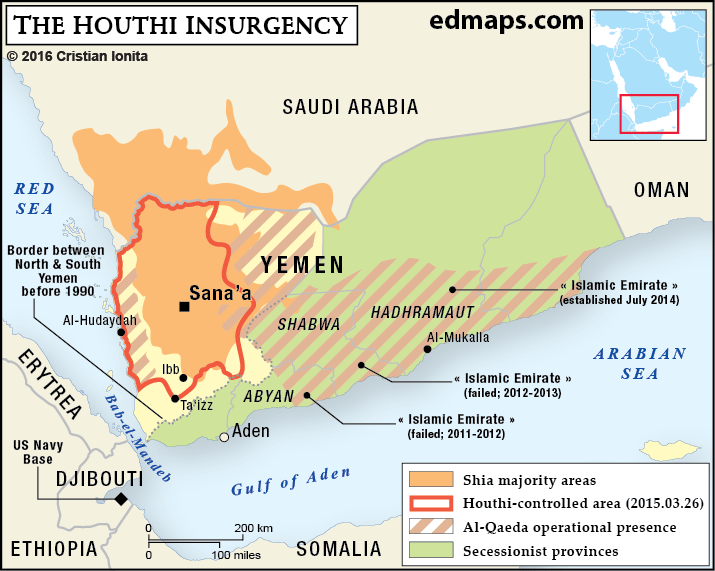7667766266
enquiry@shankarias.in
Why in news?
Click here to know more on Yemen Civil War; Click here for the ceasefire agreement.
What is the recent happening?

How has Saudi's role been?
Why is the recent attack so dangerous?
What is the way forward?
Source: The Hindu